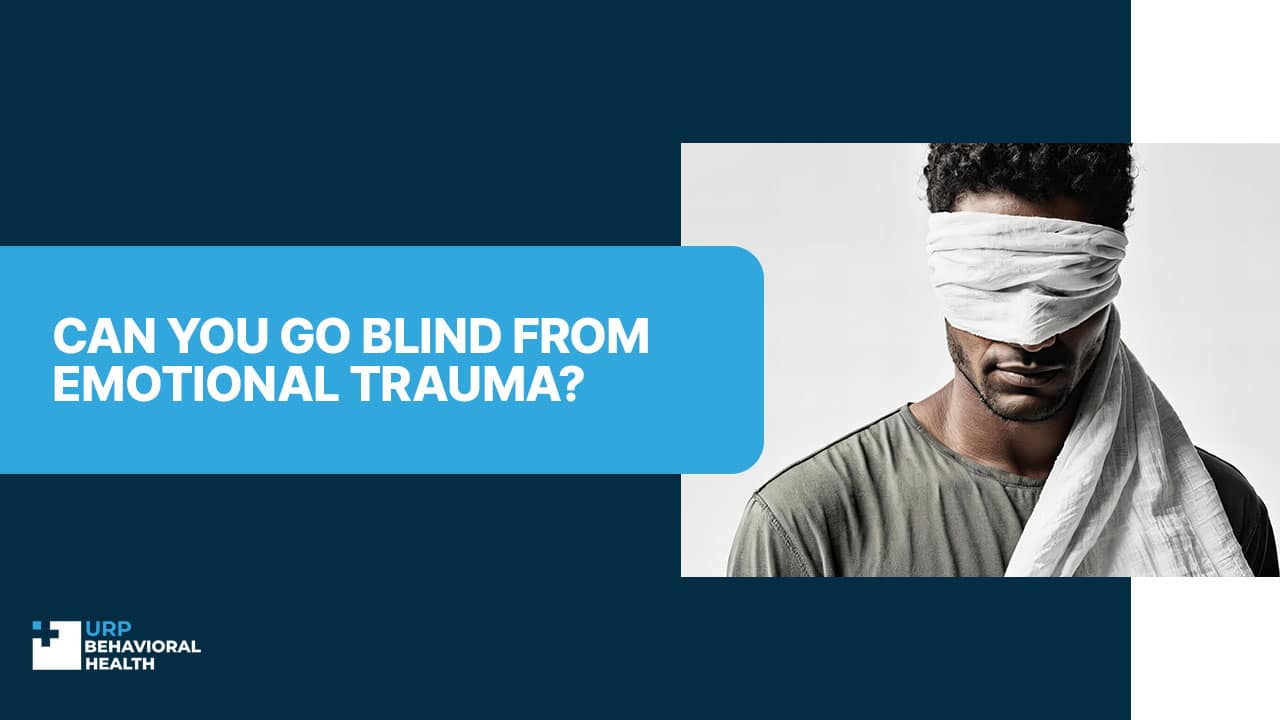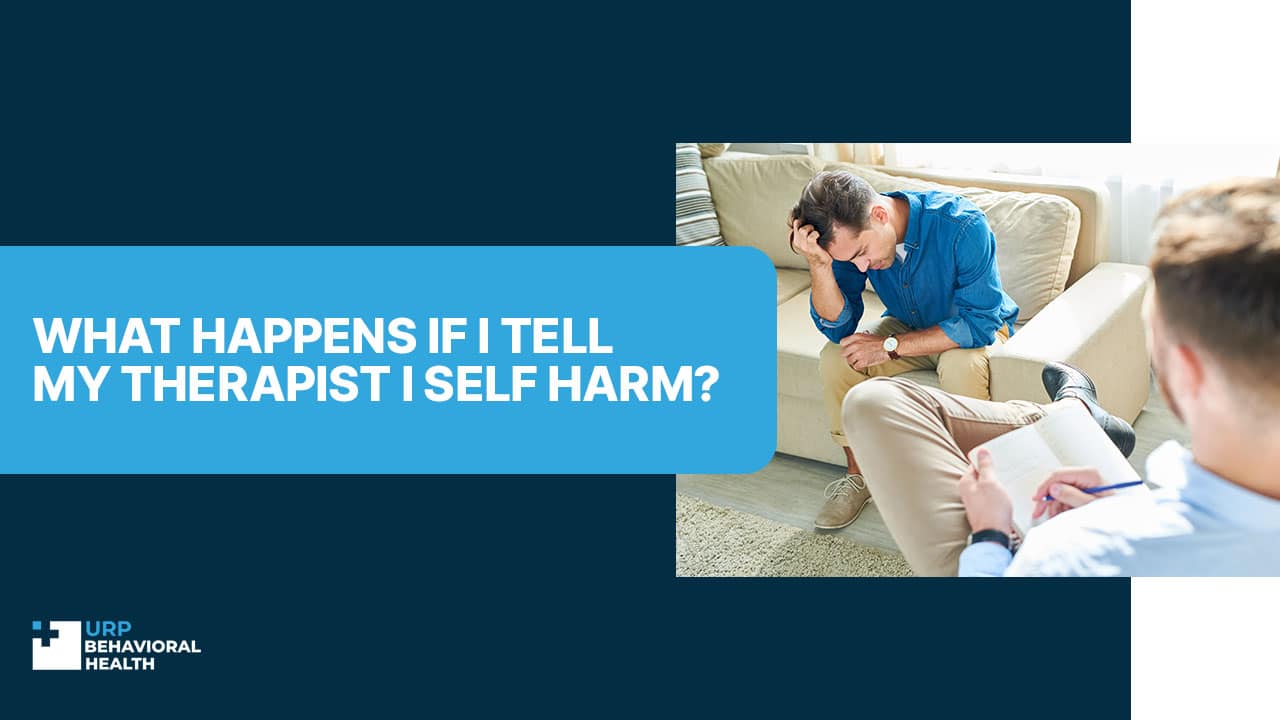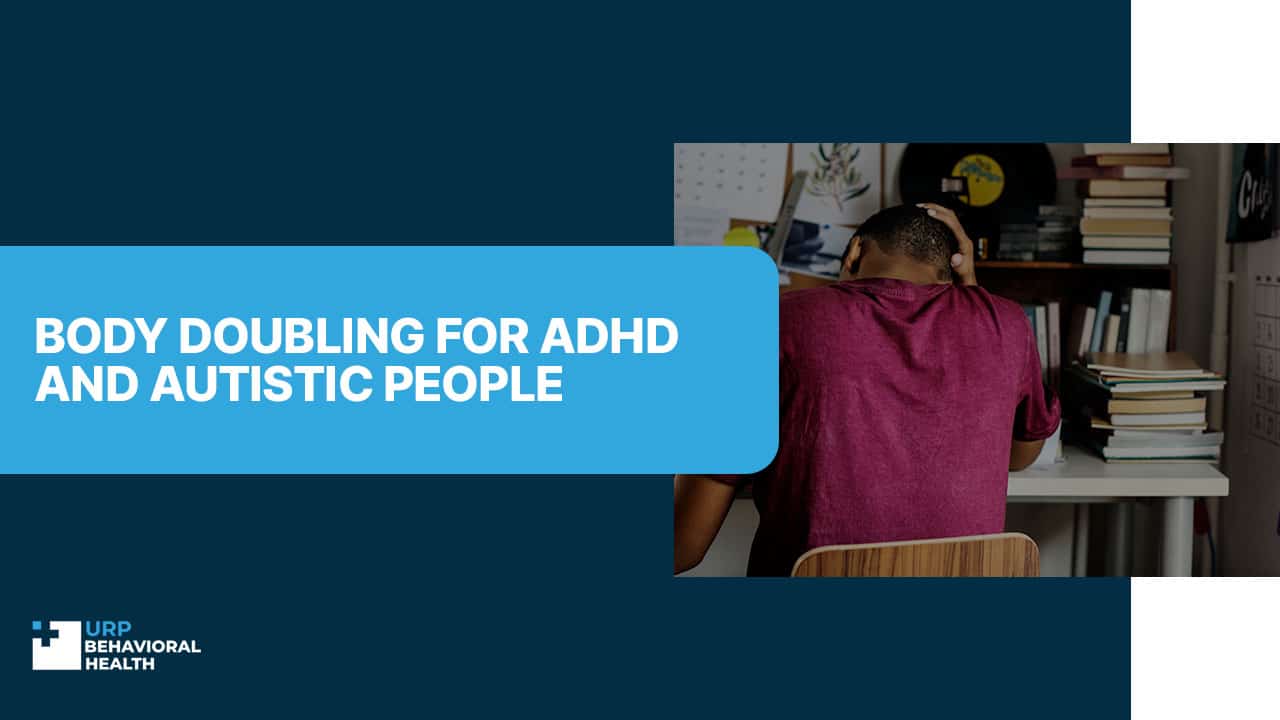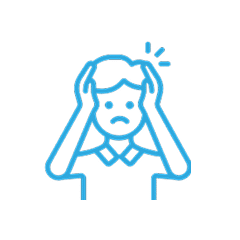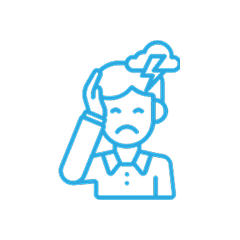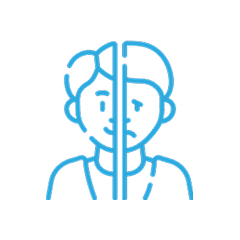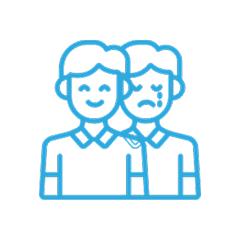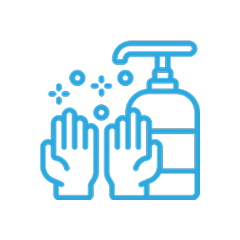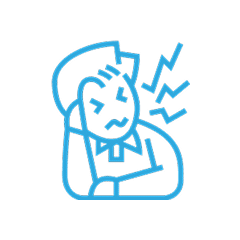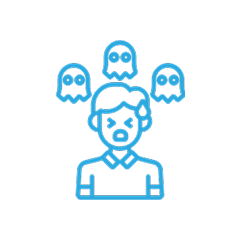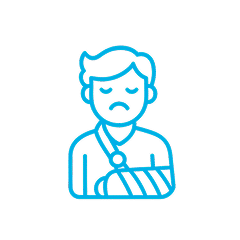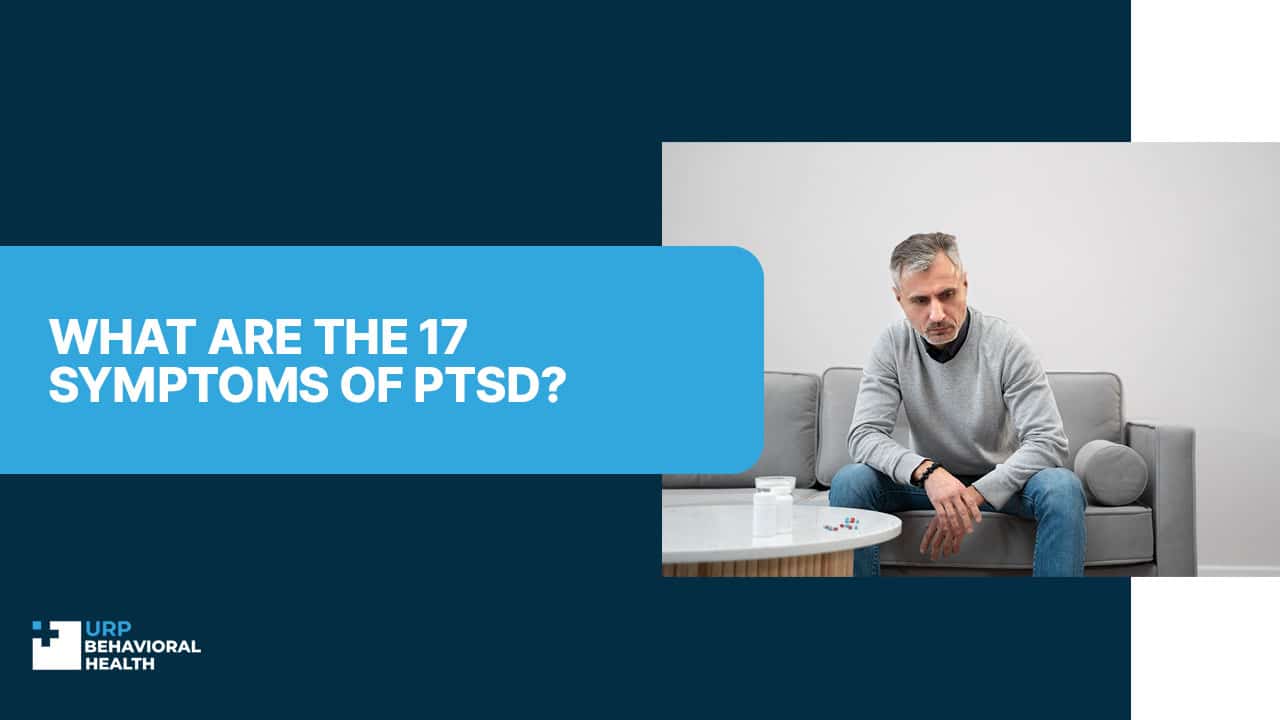
What are the 17 Symptoms of PTSD?
Post-Traumatic Stress Disorder (PTSD) is a mental health condition triggered by experiencing or witnessing a traumatic event. This condition is characterized by intense, disturbing thoughts and feelings related to the experience that last long after the traumatic event has ended. People with PTSD may relive the event through flashbacks or nightmares, feel sadness, fear, or anger, and may feel detached or estranged from other people. It is a complex disorder that can affect all areas of a person’s life, from personal relationships to professional capabilities.
PTSD can develop in anyone who has been through a traumatic event. This includes events such as natural disasters, serious accidents, terrorist acts, war/combat, rape or other violent personal assaults. While it is normal to have some symptoms following a traumatic event, if these symptoms last more than a few weeks and become severe enough to interfere with relationships or work, it may be PTSD.
The symptoms of PTSD can be grouped into four types: intrusive memories, avoidance, negative changes in thinking and mood, and changes in physical and emotional reactions. Within these categories, there are 17 specific symptoms that people with PTSD may experience. These symptoms can vary in intensity over time and may differ from person to person.
Understanding the range of symptoms is crucial for recognizing PTSD and seeking appropriate treatment. It is important to note that not everyone who experiences trauma will develop PTSD, and not everyone with PTSD will exhibit all the symptoms. This variability makes it essential to have a comprehensive understanding of the disorder and its manifestations.
Effective treatment can help manage symptoms and improve quality of life. The earlier PTSD is treated, the better the chance of recovery. Treatment may include psychotherapy, medication, or a combination of both. Cognitive Behavioral Therapy (CBT) is often very effective, as are other types of therapy like exposure therapy and Eye Movement Desensitization and Reprocessing (EMDR).
Don’t wait - confidential help is available right now for you or your loved one.
Living with PTSD can be challenging, but many people with the condition can find relief with the right treatment. Educating oneself about the symptoms of PTSD is the first step towards recovery. In the following sections, we will explore the 17 core symptoms of PTSD, providing a detailed understanding of each symptom, its effects, and how it may manifest in daily life.
1. Memory Loss
Memory loss in PTSD can manifest as gaps in recall of the traumatic event. Individuals may struggle to remember specific details or entire segments of the trauma, which can contribute to feelings of confusion and distress. This symptom is often linked to the brain’s coping mechanism to protect from overwhelming stress. In addition, this memory loss can extend to other aspects of life, affecting the ability to recall everyday details and impacting overall cognitive function. It is crucial for individuals experiencing memory loss to seek support and strategies to manage this symptom effectively.
2. Nightmares
Nightmares are vivid, distressing dreams related to the traumatic event. These can lead to sleep disturbances and increased anxiety. For many with PTSD, nightmares are frequent and intense, causing fear of sleeping and resulting in chronic sleep deprivation. The recurring nature of nightmares can make it difficult for individuals to feel rested, leading to daytime fatigue and impacting their ability to function effectively. Addressing nightmares through therapeutic interventions is essential for improving sleep quality and overall mental health.
3. Intrusive Thoughts
Intrusive thoughts are unwanted and distressing memories of the traumatic event that repeatedly enter the mind. These thoughts can be triggered by reminders of the trauma and can disrupt daily activities and concentration. They are often persistent and difficult to control. The constant presence of intrusive thoughts can lead to heightened anxiety and stress, making it challenging to focus on tasks or enjoy daily activities. Finding ways to manage and reduce intrusive thoughts is a critical component of PTSD treatment [1].
4. Flashbacks
Flashbacks are vivid re-experiencing of the traumatic event as if it is happening again. These episodes can be triggered by sensory reminders like sights, sounds, or smells, and can cause intense fear and panic. Flashbacks can last from a few seconds to several minutes. During a flashback, individuals may feel completely immersed in the traumatic event, losing awareness of their current surroundings. This can be highly distressing and can interfere with their ability to perform everyday tasks safely. Techniques to ground oneself in the present moment can be beneficial in managing flashbacks.
5. Exaggerated Startle Response
People with PTSD often have an exaggerated startle response, meaning they are easily startled by loud noises or unexpected events. This heightened reaction is a result of the body’s increased state of alertness and can lead to chronic anxiety and tension. The exaggerated startle response can make it difficult for individuals to relax and can contribute to a constant feeling of being on edge. Learning relaxation techniques and reducing exposure to triggering stimuli can help manage this symptom.
6. Insomnia
Insomnia in PTSD involves difficulty falling or staying asleep. This can be due to hyperarousal, nightmares, or anxiety. Chronic sleep deprivation from insomnia can exacerbate other PTSD symptoms and impact overall health and well-being. The lack of restful sleep can lead to increased irritability, difficulty concentrating, and physical health issues such as headaches and weakened immune function. Developing a consistent sleep routine and addressing underlying causes of insomnia are essential steps in managing this symptom.
We’ll help you understand your options and guide you toward care.
7. Difficulty Concentrating
Difficulty concentrating is a common symptom of PTSD, where individuals find it hard to focus on tasks or maintain attention. This can affect work, school, and daily responsibilities, leading to frustration and decreased productivity. The persistent distraction caused by intrusive thoughts and heightened anxiety can further compound concentration problems. Strategies such as mindfulness and cognitive-behavioral techniques can help improve focus and productivity [2].
8. Hypervigilance
Hypervigilance involves an increased state of alertness and constantly being on guard. People with PTSD may feel unsafe and always be on the lookout for potential threats, leading to exhaustion and stress. This heightened awareness can significantly impact their ability to relax and feel secure. Hypervigilance can also lead to social withdrawal, as individuals may avoid situations they perceive as potentially threatening. Therapeutic interventions aimed at reducing anxiety and building a sense of safety are crucial in managing hypervigilance.
9. Risky Behaviors
Risky behaviors, such as substance abuse, reckless driving, or engaging in dangerous activities, are common among individuals with PTSD. These behaviors may be attempts to cope with or escape from the distressing symptoms of the disorder. Engaging in risky behaviors can further complicate the individual’s condition, leading to additional physical and mental health issues. Identifying healthier coping mechanisms and addressing underlying causes of these behaviors are important steps in treatment.
10. Obsessive-Compulsive Tendencies
Some individuals with PTSD develop obsessive-compulsive tendencies, engaging in repetitive behaviors or rituals to manage anxiety. These behaviors can become consuming and interfere with daily functioning, adding another layer of difficulty in managing PTSD. The need for control and predictability through rituals can be a response to the unpredictability of trauma reminders. Addressing these tendencies through targeted therapy can help reduce their impact on daily life [3].
11. Problems with Concentration or Thinking
Problems with concentration or thinking can include difficulty making decisions, trouble remembering information, and a general sense of mental fog. These cognitive impairments can affect various aspects of life, making it challenging to complete everyday tasks efficiently. The mental fog often associated with PTSD can also lead to increased frustration and decreased confidence in one’s abilities. Cognitive rehabilitation and therapeutic interventions can help improve cognitive function and quality of life.
12. Headaches
Frequent headaches are a physical symptom of PTSD that can result from stress and tension. These headaches can range from mild to severe and can be debilitating, affecting the person’s ability to function normally. Chronic headaches can also contribute to sleep disturbances and increased irritability. Identifying triggers and using relaxation techniques can help manage headache symptoms effectively.
13. Depression & Crying Spells
Depression is common in PTSD, often accompanied by crying spells. Feelings of hopelessness, sadness, and a lack of interest in activities once enjoyed can significantly impair quality of life. These emotional lows can be intense and persistent. The combination of depression and PTSD can exacerbate other symptoms and lead to increased social isolation. Therapeutic interventions and support systems are crucial in addressing depression and improving emotional well-being.
14. Anger and Irritability
Anger and irritability are frequent in PTSD, with individuals experiencing quick tempers and disproportionate anger responses. This symptom can strain relationships and lead to social isolation and conflict. The constant state of heightened arousal can make it difficult to manage emotions effectively. Anger management techniques and therapy can help individuals develop healthier ways to express and cope with their emotions.
15. Mood Swings
Mood swings in PTSD can involve rapid changes in emotional state, from anger to sadness to anxiety. These fluctuations can be difficult to manage and predict, contributing to further emotional instability and stress. The unpredictability of mood swings can also impact relationships and daily functioning. Developing emotional regulation skills and understanding triggers can help manage mood swings more effectively.
16. Panic Episodes
Panic episodes are sudden, intense periods of fear and anxiety that can include physical symptoms like heart palpitations, shortness of breath, and dizziness. These episodes can be triggered by reminders of the trauma or occur unexpectedly. Panic episodes can be highly distressing and impact an individual’s ability to engage in everyday activities. Learning coping strategies and grounding techniques can help manage and reduce the frequency of panic episodes.
Our team will verify your insurance and design a plan tailored to your needs.
17. Paranoia
Paranoia in PTSD involves an exaggerated mistrust of others and a belief that harm is imminent. This can lead to social withdrawal and difficulties in maintaining relationships, as individuals may constantly feel threatened or unsafe. The pervasive sense of mistrust can further isolate individuals and exacerbate other PTSD symptoms. Therapeutic interventions focusing on building trust and addressing underlying fears can be beneficial in managing paranoia.
18. Conclusion
Treating PTSD symptoms is crucial for improving quality of life and mental health. URP Behavioral Health offers comprehensive treatment plans tailored to individual needs, focusing on therapy and support. Early intervention and continuous care can help manage the symptoms of PTSD effectively, enabling individuals to lead healthier, more fulfilling lives. If you or someone you know is experiencing PTSD symptoms, seeking professional help is essential for recovery.
Sources
- https://www.verywellmind.com/ptsd-triggers-and-coping-strategies-2797557
- https://www.ncbi.nlm.nih.gov/pmc/articles/PMC5748347/
- https://www.ncbi.nlm.nih.gov/pmc/articles/PMC8669897/

